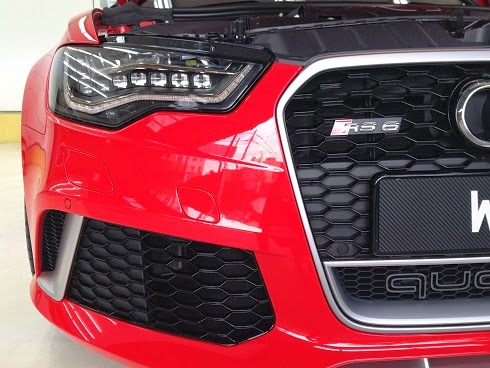In Malaysia, certain parties had easy access to this material a long time ago, and started promoting it to car audio shops as being a suitable "soundproofing material". Being "foam like", relatively light, inexpensive and appearing quite dense, it has led most car audio retailers (in the older days) to believe that it can be profitably used for "soundproofing" applications. In current times, where consumers are highly image-conscious and love idolizing high-end brands, other purpose-made, premium priced soundproofing materials are heavily promoted on the Internet. Meanwhile, for car enthusiasts with budget constraints, their favourite websites and forums have also heavily promoted Insulflex as an alternative "soundproofing material"...relatively cheap and easily available.
Insulflex is a closed-cell nitrile foam rubber for thermal insulation.
Being closed-cell and not a few inches thick, it is not an effective sound absorber, especially the low-frequencies. The manufacturer has specified its NRC (Noise Reduction Coefficient - related to absorption) as a merely 0.14. The max is 1.0
And since Insulfex is not a heavy material, it does not possess the mass necessary to function as an effective noise barrier material (to block noise)..especially the low-frequency portion of that droning, rumbling tire/road noise. Effective sound barrier materials are minimally 1lb per sq foot (such as Mass Loaded Vinyl).
Nevertheless, Insulfex is still capable of noticeably muffling and reducing the amplitude of higher frequencies of tire and engine noise. If you're on a very strict budget and cannot tolerate heavy soundproofing materials in your vehicle, Insulflex one of the low-budget methods to produce noticeable results.
Insulflex is a closed-cell nitrile foam rubber for thermal insulation.
Being closed-cell and not a few inches thick, it is not an effective sound absorber, especially the low-frequencies. The manufacturer has specified its NRC (Noise Reduction Coefficient - related to absorption) as a merely 0.14. The max is 1.0
And since Insulfex is not a heavy material, it does not possess the mass necessary to function as an effective noise barrier material (to block noise)..especially the low-frequency portion of that droning, rumbling tire/road noise. Effective sound barrier materials are minimally 1lb per sq foot (such as Mass Loaded Vinyl).
Nevertheless, Insulfex is still capable of noticeably muffling and reducing the amplitude of higher frequencies of tire and engine noise. If you're on a very strict budget and cannot tolerate heavy soundproofing materials in your vehicle, Insulflex one of the low-budget methods to produce noticeable results.
My suggestion for low-budget soundproofing with Insulflex:
Use small pieces of damping sheets (eg Dynamat etc) to spot-damp your doors, firewall, fender hump etc, and then lay the maximum thickness of Insulflex on top that allows carpet to be re-secured.
On most Jap cars, my main targets to be Insulfex-ed in a low-budget job that can be done in stages (ranked according to importance)
1. Underside the hood.
2. All doors (ensure all holes are covered by damping sheets first)
3. Front kickpanel area x 2
4. Rear wheel hump x 2
Once you've done the above, and assuming your tires are not badly worn and your wheel bearings are OK, you'll definitely hear a noticeable improvement.
Tip:
If your vehicle is externally parked for long periods in hot weather, Insulflex within your headliner is an excellent way to enjoy a cooler interior. Works great.
